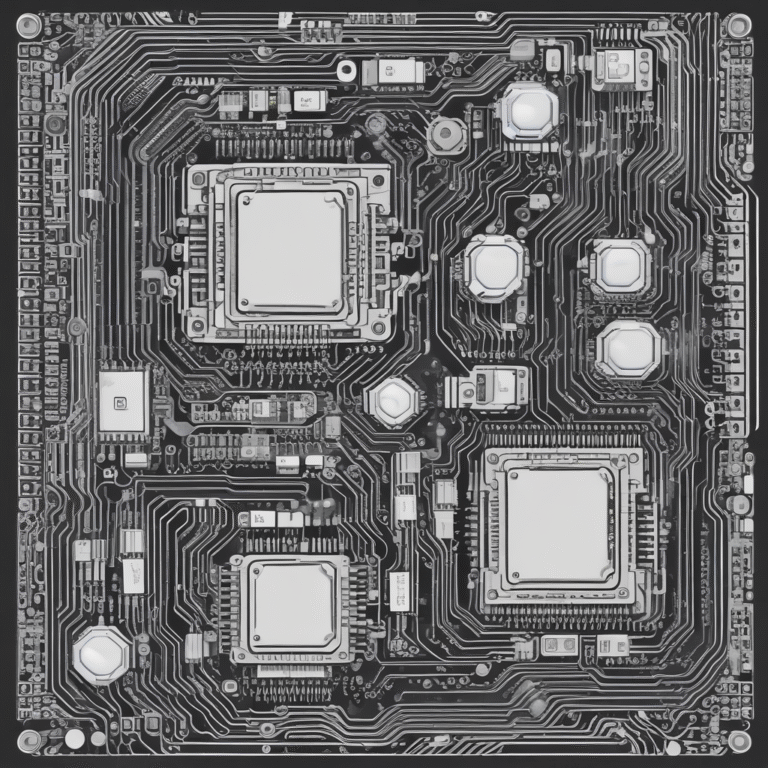AI News Roundup
Overview
The landscape of artificial intelligence (AI) continues to evolve rapidly, with multiple developments occurring across the globe. Recent updates include the implementation of the EU AI Act, the launch of a new research tool by OpenAI, and initiatives by educational institutions to provide AI tools to students and faculty. This roundup highlights significant advancements and discussions surrounding AI technologies.
EU AI Act Comes Into Force
Several provisions of the European Union’s AI regulations came into effect recently. As reported by the Financial Times, certain AI applications have been banned, including social scoring systems and the collection of biometric information that could lead to discrimination. The European Commission has also published guidance on the regulations, which aims to clarify how these prohibitions will be applied by companies. Further restrictions, particularly those related to large AI models and high-risk applications, such as those in healthcare, are set to be enforced between now and 2027.
OpenAI Unveils Deep Research Tool
OpenAI has introduced a new AI tool designed to assist researchers in gathering and compiling information, known as Deep Research. This tool utilizes reasoning to synthesize large amounts of online data and complete multi-step research tasks. A demonstration presented to policymakers in Washington, D.C. showcased its capabilities, including generating reports about historical figures, such as Albert Einstein, as potential nominees for governmental positions. However, the tool is not without limitations, as it can still experience hallucinations, a common issue among AI systems. Currently, Deep Research is available to subscribers of ChatGPT Pro, OpenAI’s premium service.
California State University System Provides AI Tools
The California State University (CSU) system has entered into partnerships with several AI companies to offer free access to AI tools for all students, faculty, and staff. This initiative, which includes collaborations with major firms like Microsoft, OpenAI, Meta, and Nvidia, aims to integrate AI into higher education. The CSU system, consisting of 23 campuses statewide, seeks to identify essential AI skills for the workforce and provide relevant training opportunities. This effort is one of the largest of its kind in academia and addresses growing concerns regarding AI usage for academic dishonesty.
AI in Marine Research
AI technologies have also found applications in marine biology, particularly in the discovery and identification of deep-sea creatures. A submersible robot named MiniROV has been deployed to capture video footage from depths exceeding 650 feet below the ocean surface. Initially operated by a human, the footage is later analyzed by an AI program that enables the robot to autonomously track marine organisms. Researchers are employing innovative AI training methods to enhance creature identification, using gamification to engage players in the tagging process, ultimately aiding in the development of AI classification systems.
DeepMind’s Gemini AI Models
Recently, Google’s DeepMind released updates to its Gemini AI models. The newest version, Gemini 2.0 Flash, is now available to users of the Gemini app and developers through an API. A lighter variant, Gemini 2.0 Flash-Lite, has also been introduced, aimed at balancing quality with cost and speed. This model is priced at $0.019 per million input tokens, showcasing DeepMind’s strategy to compete in a market increasingly focused on the costs associated with developing and running AI models.
Conclusion
The ongoing developments in AI signal a transformative shift across various sectors, from education to healthcare and marine research. As regulations tighten and new tools emerge, it is imperative for stakeholders to adapt to these changes and harness the potential of AI technologies responsibly.










